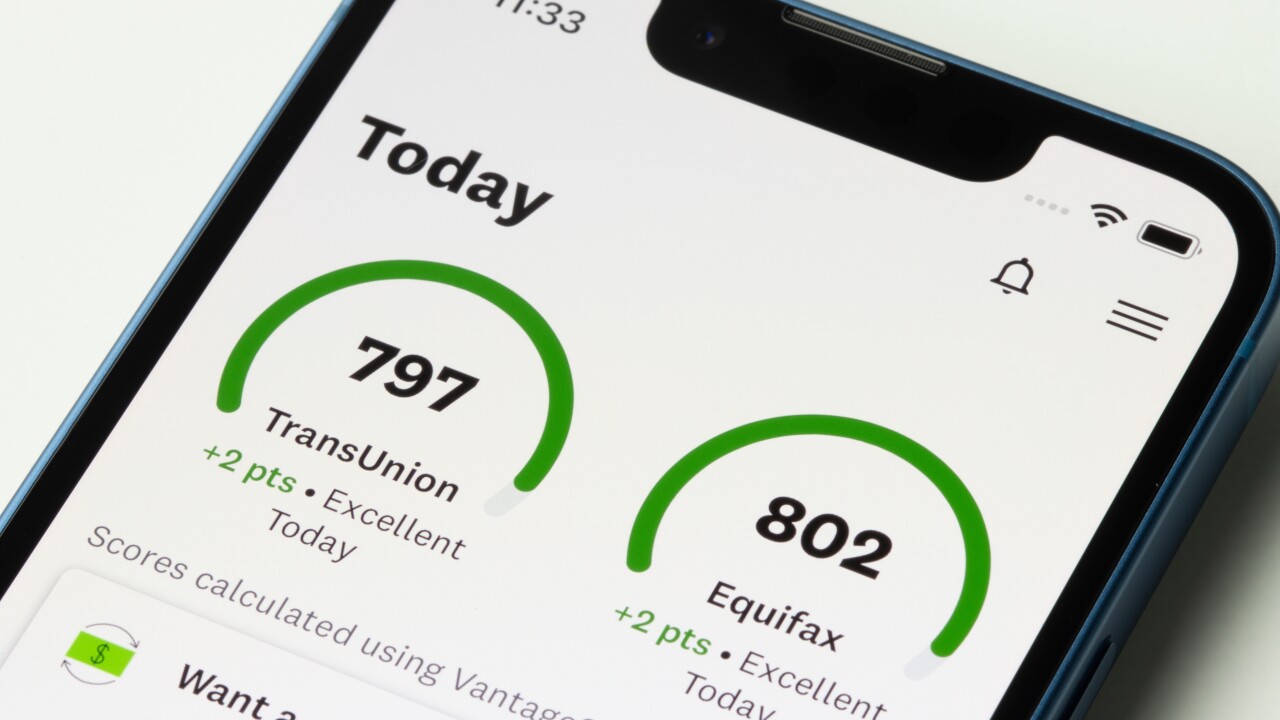
The disclosure process has been a confusing experience for borrowers and lenders alike for years. For too long, the Truth in Lending Act (TILA) and Real Estate Settlement Procedures Act (RESPA) disclosure requirements mandated that lenders provide multiple documents outlining the terms of a loan, the estimated costs and potential changes to its terms. The problem was that the two laws often covered similar ground, and the various disclosures covered similar information but with confusing differences in terminology or presentation.
With the announcement of the Consumer Financial Protection Bureau’s (CFPB) new disclosure reform on Nov. 20,
Under the Truth in Lending Act (TILA) and Real Estate Settlement Procedures Act (RESPA), as mandated by the Dodd-Frank Act, the Bureau was to establish new disclosure requirements and forms that were consistent in language, easy to understand and visually appealing. The Bureau conducted consumer and industry research, public commentary and public outreach to gauge borrowers’ understanding of the disclosures and create forms that simplified the loan application and closing processes.
The “Know Before You Owe” mortgage forms face an implementation date of August 1, 2015. The deadline is far enough out that vendors and lenders have the time needed to make changes to both the technology infrastructure and internal processes to ensure compliance. The integrated disclosures have the potential to pave the way for an electronic mortgage process that’s been in movement for many years now. How will disclosure reform ease borrower and lender concern and usher in a new era of electronic and simplified processes?
Two Forms Are Better than Four
According to the CFPB, The Loan Estimate form will be sent to consumers within three business days after a loan application submission. This form highlights risk factors, short-term and long-term costs and allows for better comparison shopping. The Loan Estimate form also satisfies the Truth in Lending (TIL) and Good Faith Estimate (GFE) mandate and gives borrowers the liberty to shop for additional loans and compare costs and features.
Consumers will then receive The Closing Disclosure form three days before closing their loan. It replaces the final TIL and HUD-1 settlement statement and aims to relieve stress the borrower may face at the closing table by offering ample time to review and potentially negotiate over charges and fees. The two forms’ similar format enables consumers to compare their estimate with their loan’s final terms, eliminating confusion and limiting closing cost increases.
For comprehensive effectiveness, the disclosure rule will need to work in tandem with the CFPB’s other mortgage rules. By doing so, lenders can protect themselves from buybacks and audits, if borrowers are given the tools to effectively communicate with their originator and make more informed decisions. If consumers know what they’re reading and are able to effectively communicate with their lender, both sides have conducted their due diligence in the support of choosing the right loan with the right terms.
Less Paper, More Technology
The use of technology has the potential to enhance the closing experience for borrowers, according to the CFPB. The elimination of unnecessary documents and moving toward an era of less, if any, papers for consumers to read and sign will build transparency and instill consumer confidence once again. The implementation of e-signatures, e-delivery and e-disclosures within a lender’s business has the ability to streamline opportunities that were once slow and ineffective.
Simplifying the disclosure distribution, generation, tracking and reporting ensures compliance and diminishes time spent on delivering the documents to the borrower. Upon immediately receiving an e-disclosure, borrowers are able to e-sign the forms and return to their originator within a specific timeframe. In a highly regulated environment, e-disclosure generation, distribution, delivery and receipts can be easily tracked ensuring compliance and reducing costs.
Reform Ready?
Simplifying the forms and empowering consumers to take an active role in choosing a loan that’s right for them, are concerted efforts the CFPB is taking to better the economy, mortgage industry, lending processes and consumer decisioning. E-disclosures have the ability to eliminate compliance risk but lenders and their technology vendors will need to work diligently to update all processes and implement the new forms by August 2015.





